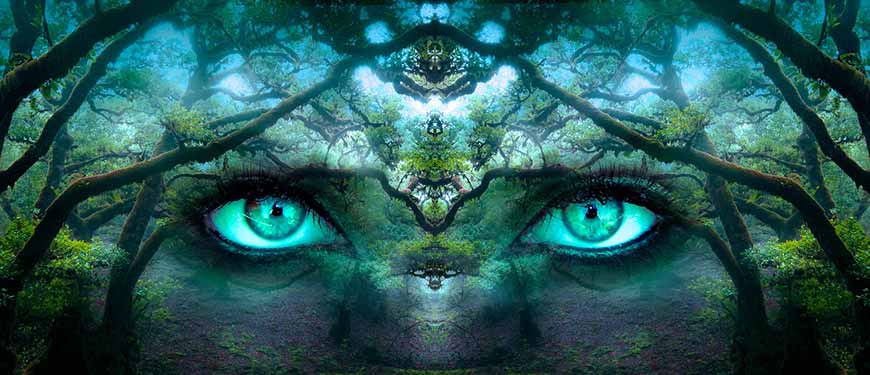
Europe reintroduced it around the 1950’s and the United States allowed the sale of absinthe in 2007 based on science that the spirit was no more dangerous than other spirits currently available at the time. Absinthe was banned in most of Europe between 19, and the United States followed in 1912. Because of its popularity, the Temperance League lobbied against absinthe due to the high rate of alcohol related crime and false claims that it made you hallucinate or “go crazy” (which it did not). Largely, absinthe was the most popular drink from 1850 till the early 1900’s. However, the dominant flavor of absinthe is anise (black licorice). Other ingredients are used by various distillers to add additional flavor profiles that make their absinthe unique. Traditionally, absinthe is made of high proof distilled spirit with anise, fennel and grande wormwood (the holy trinity of absinthe). Shelley Hopson, operations manager at Oregon Spirit Distillers, said, "I like to think of it like a concentrate." Absinthe holds the flavors humans release them.Q: What is absinthe? Why was it illegal? A: Absinthe was originally developed as a medicinal liquor that was given to soldiers in Europe to help prevent malaria as well as aid with digestive issues due to that fact that anise oil (the main component of absinthe) was generally accepted as a natural digestive aid at the time, and continues to be. component of wormwood, thujone, for the hallucinations and madness. This is done because absinthe is not meant to be consumed straight. March 5th is National Absinthe Day, celebrating a green-colored spirit made from the.

The water clouds the absinthe, turning it an opalescent light yellow, and releases the botanical oils encapsulated in the alcohol, making the spirit more flavorful and aromatic. Ice water is dripped from a fountain over a sugar cube sitting on a slotted spoon into a glass of absinthe. If you've never tasted this anise-flavored spirit, I recommend visiting Oregon Spirit Distillers' tasting room for a traditional absinthe service. With his love of history, Irwin was interested in making classic spirits, and recognized no one was making craft absinthe. Bend entered the absinthe scene in 2009 when Brad Irwin started Oregon Spirit Distillers. How that came about is a whole other story. Ninety-five years later, real absinthe became legally available in the U.S. Even though other spirits were involved in the atrocity, absinthe took the blame, leading to its ban in Switzerland and in other countries, including the U.S., in 1912.

In 1905 Jean Lanfray, a Swiss farmer, murdered his family after drinking wine, brandy and absinthe. Over time, through a smear campaign spearheaded by the temperance movement and the wine industry, absinthe was associated with social disorder and violent crimes. In my college art history class, I remember learning why the lady in Edgar Degas' 1876 painting L'Absinthe had a green hue. You can see interpretations of absinthe used in art and through writers including Oscar Wilde and Ernest Hemingway. The French enjoyed their absinthe, and happy hour eventually turned into l'heure verte (the green hour), called as such because the spirit is green hued. This is a good time to point out the alcohol by volume of wine: 10% to 15%, compared to absinthe at 45% to 60%. France, a country that runs on wine, needed something else to drink. Then in the Great French Blight of the mid-19th century, an aphid infestation attacked the roots of the wine plants, wiping out the grapes. Troops drank it to prevent malaria and then enjoyed the spirit. To really understand why absinthe is tied to so much myth, we need to understand the past.Ībsinthe originated in Switzerland and became popular in France for several reasons. Science has proved thujone does not in fact cause hallucinations. The ingredient thought to have hallucinatory properties is wormwood, which contains thujone, which can block the brain's GABA receptors-the primary calming neurotransmitters in the brain. Artists, including Manet and Picasso, made the drink so famous that drinking hour in Parisfive o’clockwas renamed the Green Hour.

It's a high-proof spirit made with the flowers and leaves of Artemisia absinthium (wormwood), anise, fennel and other herbs. Absinthe was perceived as a muse to writers like Rimbaud and Oscar Wilde, the latter of whom wrote of his experience hallucinating after drinking it. Water drips over a sugar cube to make the spirit bloom in a traditional absinthe service.Ībsinthe never had opium in it.


 0 kommentar(er)
0 kommentar(er)
